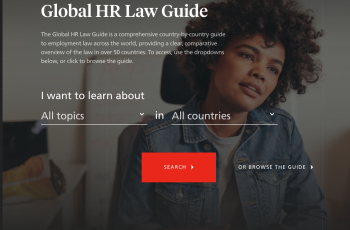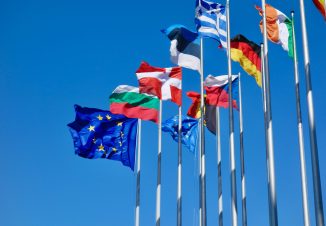
Germany has introduced a one-off EUR 300 payment for workers to help compensate for rising energy prices, introduced in the Tax Relief Act 2022 of 23 May 2022. Time is running out for employers to get comfortable with how it works, because, in principle, it should be paid out by them during September 2022. Here is a summary of how it works.
Anyone who is resident in Germany during 2022 (if applicable, for only part of the year) and who receives income from agriculture and forestry, business operations, self-employment or as an employee in active employment during 2022 is entitled to the payment.
In particular, workers, employees, trainees, civil servants, judges, soldiers, board members and managing directors with income from employment, so-called ‘mini-jobbers’, workers in the passive phase of partial retirement, volunteers within the meaning of s2 of the Federal Volunteer Service Act and volunteers within the meaning of s2 of the Youth Volunteer Service Act, working students, students in paid internships and workers with an active employment relationship who receive wage replacement benefits subject to the progression proviso are eligible. This includes employees in receipt of short-time allowance, insolvency allowance, sickness allowance, maternity allowance, parental allowance, compensation for loss of earnings under the Infection Protection Act or transfer short-time allowance.
It is important that taxpayers earn qualifying income in 2022. The activity does not have to be carried out at a specific time or for a minimum duration. It is true that the law stipulates that the entitlement to the energy price allowance is assessed on 1 September 2022. However, this date does not mark a cut-off date for eligibility. Rather, anyone who has fulfilled the eligibility requirements at some point in 2022 is entitled to the payment.
Recipients of unemployment benefit I, however, are not eligible because there is no employment relationship.
Pensioners who were not originally intended to be eligible are now also to receive an energy price lump sum as of 1 December 2022, according to the third relief package that has now been adopted. This payment will be made via the German Pension Insurance.
The pay-out is EUR 300 gross for anyone eligible. There is no pro-rating of payment for part-time workers. It is subject to taxation, but does not count towards social security earnings. The payment would not be subject to any wage garnishing, as it is not ‘wages’ or ‘remuneration’ under labour and social insurance law.
For those with ‘mini-jobs’, no deduction is made from the maximum earnings limit of EUR 450 (EUR 520 from October 2022), as the allowance is not remuneration that is subject to social security contributions. This means that marginally employed individuals do not have to fear they will suffer any disadvantage from receiving payment of the energy lump sum payout while taking advantage of maximum ‘mini-job’ earnings.
The flat-rate energy allowance is either paid out directly by the employer or can be claimed by employees via their income tax return. The decisive factor is whether the individual was in employment on 1 September 2022.
Employees who are not in employment on 1 September 2022 but will be at some point in 2022 can claim the energy price flat rate via their own income tax return for 2022.
A payment is made via the employer if the employee is in employment on 1 September 2022 and the earnings are taxed according to tax classes 1 to 5 or, in the case of mini-jobbers, at a flat rate of 2%.
As a rule, employers must pay the energy allowance to their employees in September 2022. If the employer submits the income tax return on a quarterly basis, the allowance can be paid out in October 2022. If the employer submits its wage tax return annually, it can waive responsibility for payment to employees altogether. In this case, employees can receive the flat-rate energy allowance by filing an income tax return for the year 2022.
Since employers only act as a paying agent, they are entitled to a refund of money paid out. It is envisaged that employers should take the lump sums from the total amount of wage tax to be withheld and deduct it separately in the wage tax declaration.
If they have a monthly filing period, the energy allowance paid should be deducted in the filing due by 12 September 2022 (10 September 2022 is a Saturday). For quarterly filing periods it should be deducted by 10 October 2022 and for annual filings by 10 January 2023.
If the total amount of allowance to be granted to employees exceeds the amount to be paid in total in wage tax, the excess will be reimbursed to the employer by the tax office to which the wage tax is to be paid. Technically, this is handled via what is known as a ‘minus wage tax declaration’. According to the Ministry of Finance, the employer does not need to make a separate application by. In this case, the refund amount is transferred to the employer’s account designated to the tax office.
The flat-rate energy allowance is a well-intentioned support measure for employees to compensate for increased energy prices. Employers, on the other hand, may view it with mixed feelings: once again, they need to familiarise themselves quickly with a one-off procedure so they do not end up out of pocket.
#costofliving #bonus #incometax #Germany #minijobs
For more information about compensation and benefits



